SUMMARY
VENOM: None
PREVALENCE: Common
ACTIVE PERIOD: Active day and night
KEY ID FEATURES: Black checkered markings, tan to olive body with, black stripes behind eye
BEHAVIOR: Will bite readily, displays flattened neck when threatened
SIZE: Small - 60-80cm
IUCN: LC - Least Concerned
OTHER: Color variation within species can occur
QUICK ASSESSMENT 0-10
GALLERY
IMPORTANT: Many snakes have significant variance in coloration and pattern even within the same species. There can also be extreme differences in appearance from juveniles to adults so it is important to never assume you have properly identified a snake.
PHOTO CREDIT: Dan Rosenberg
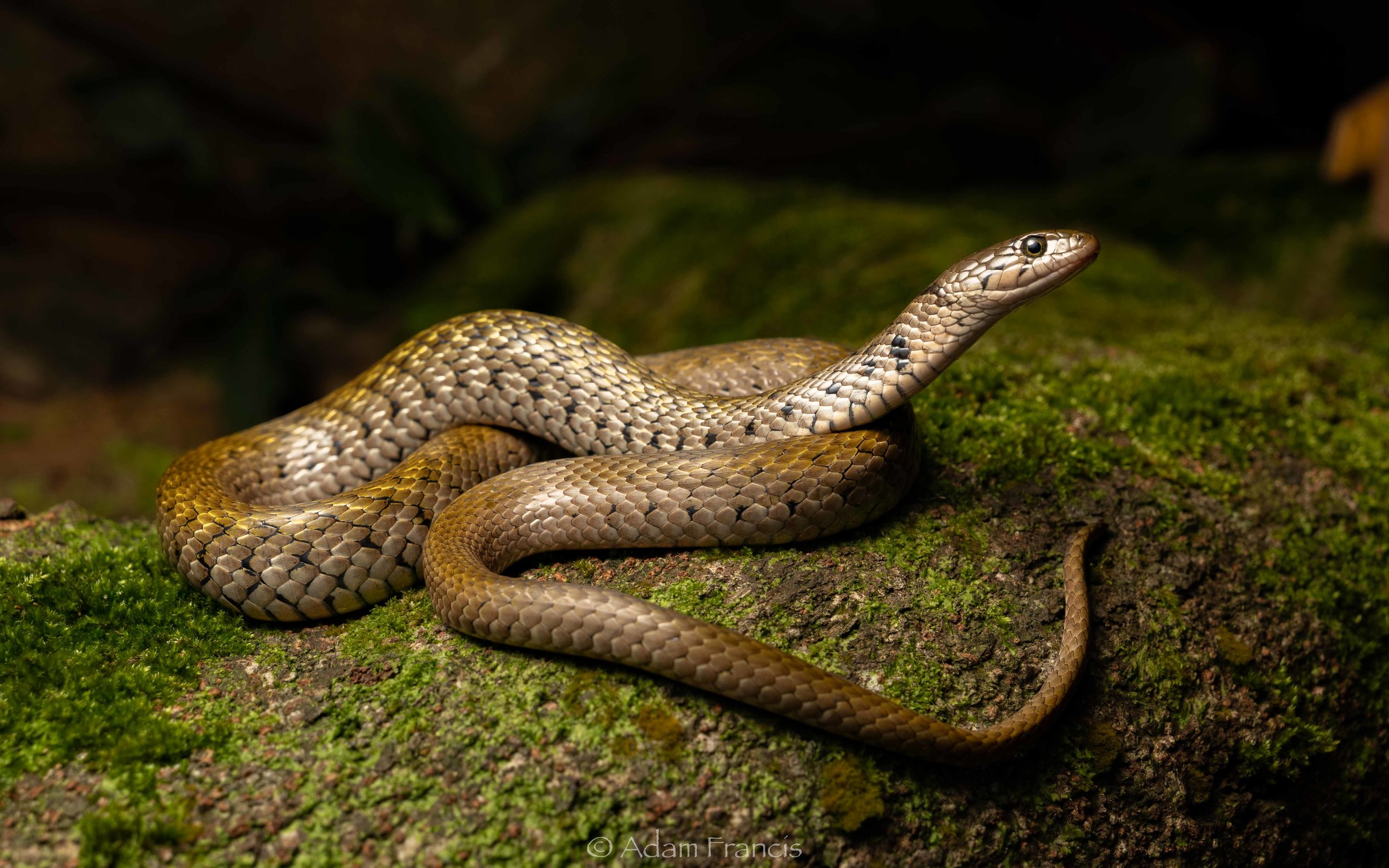
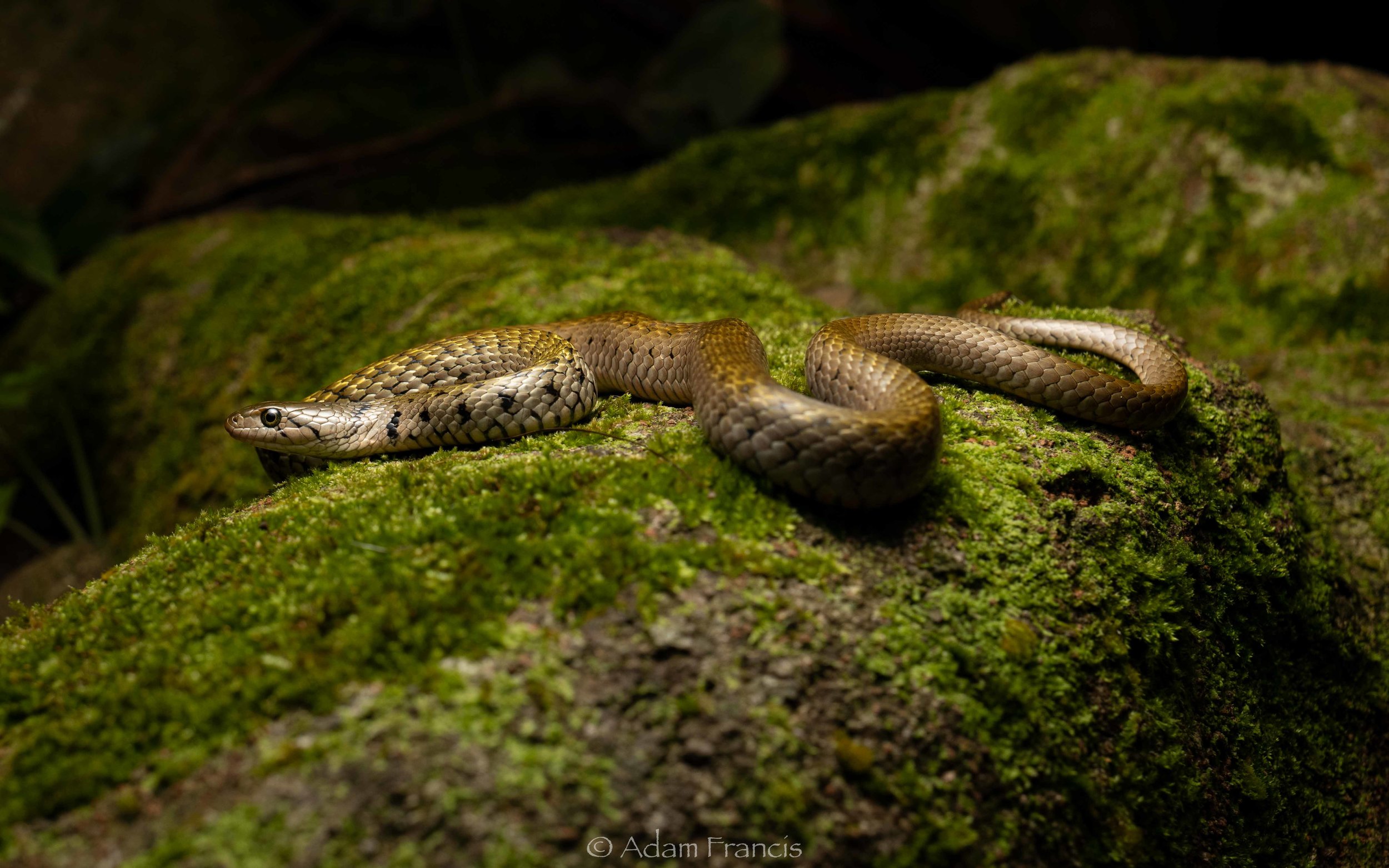
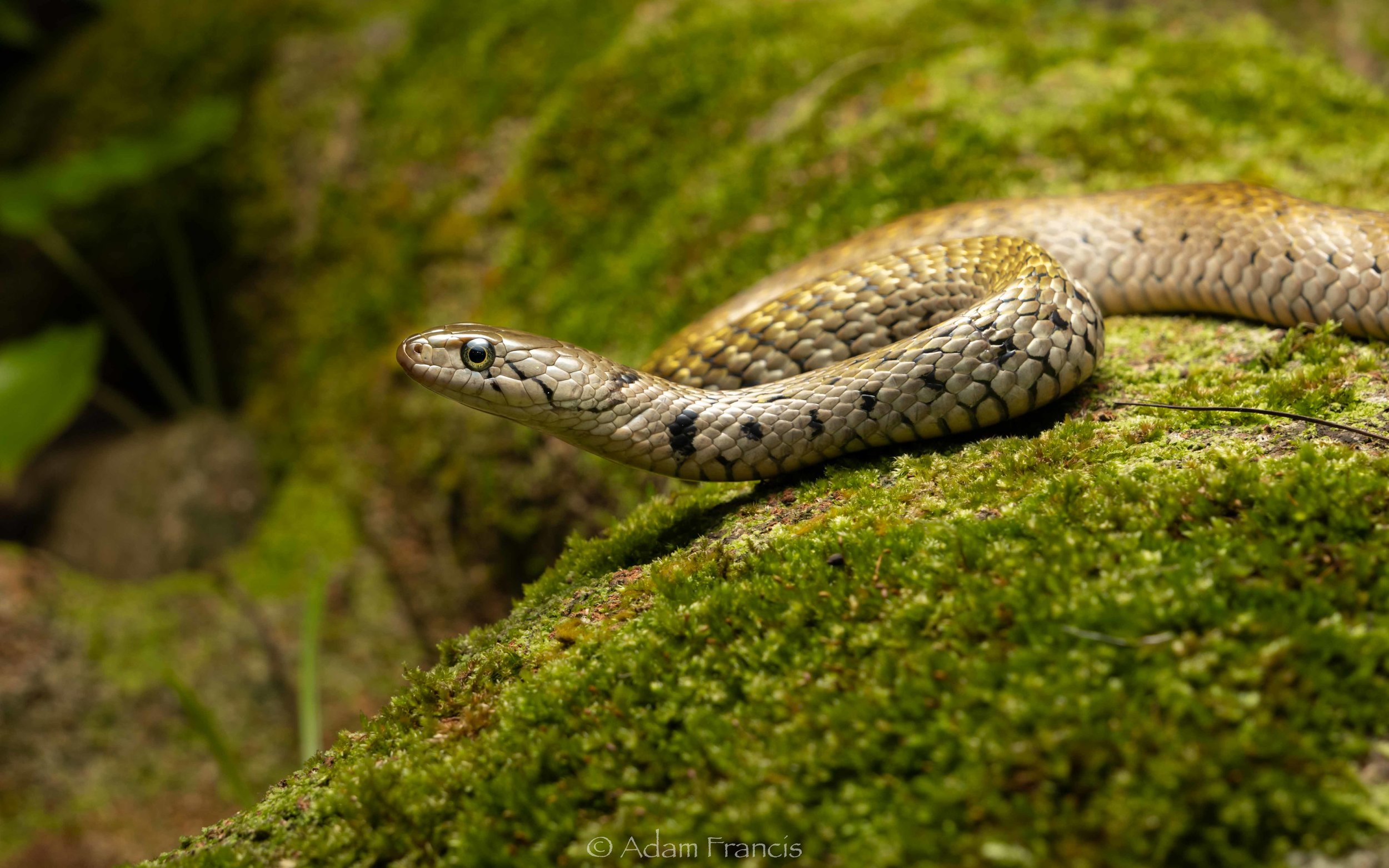
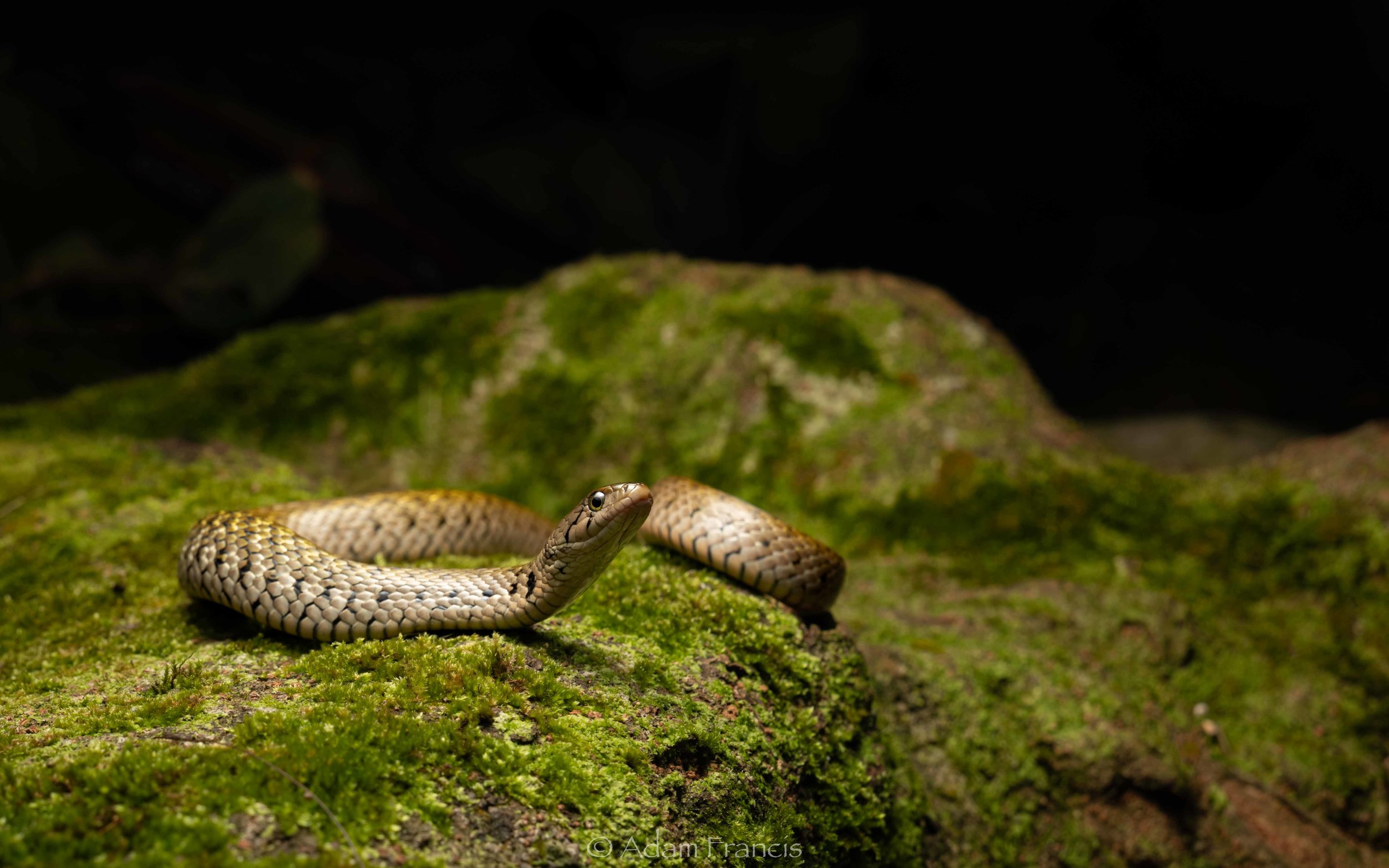

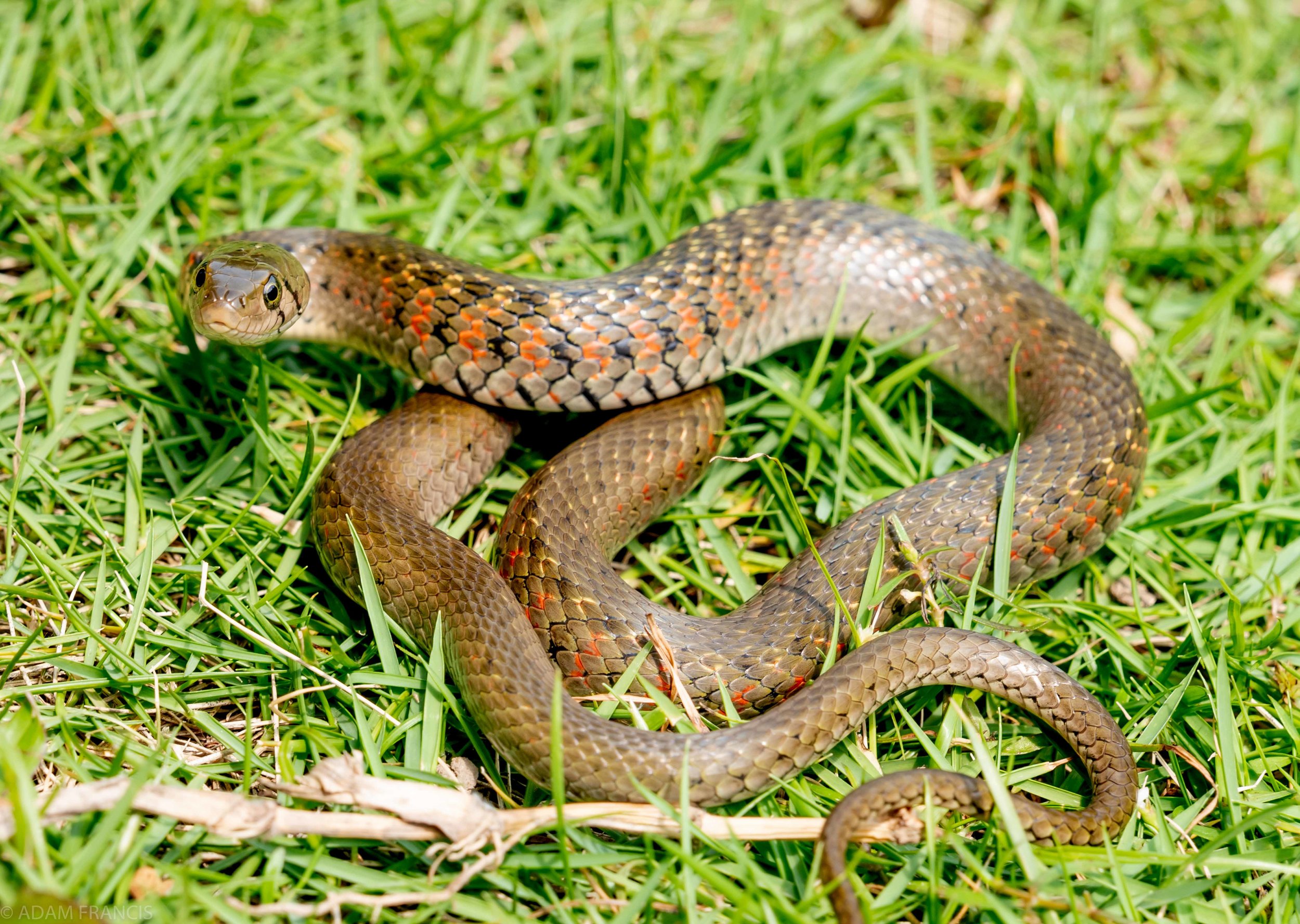


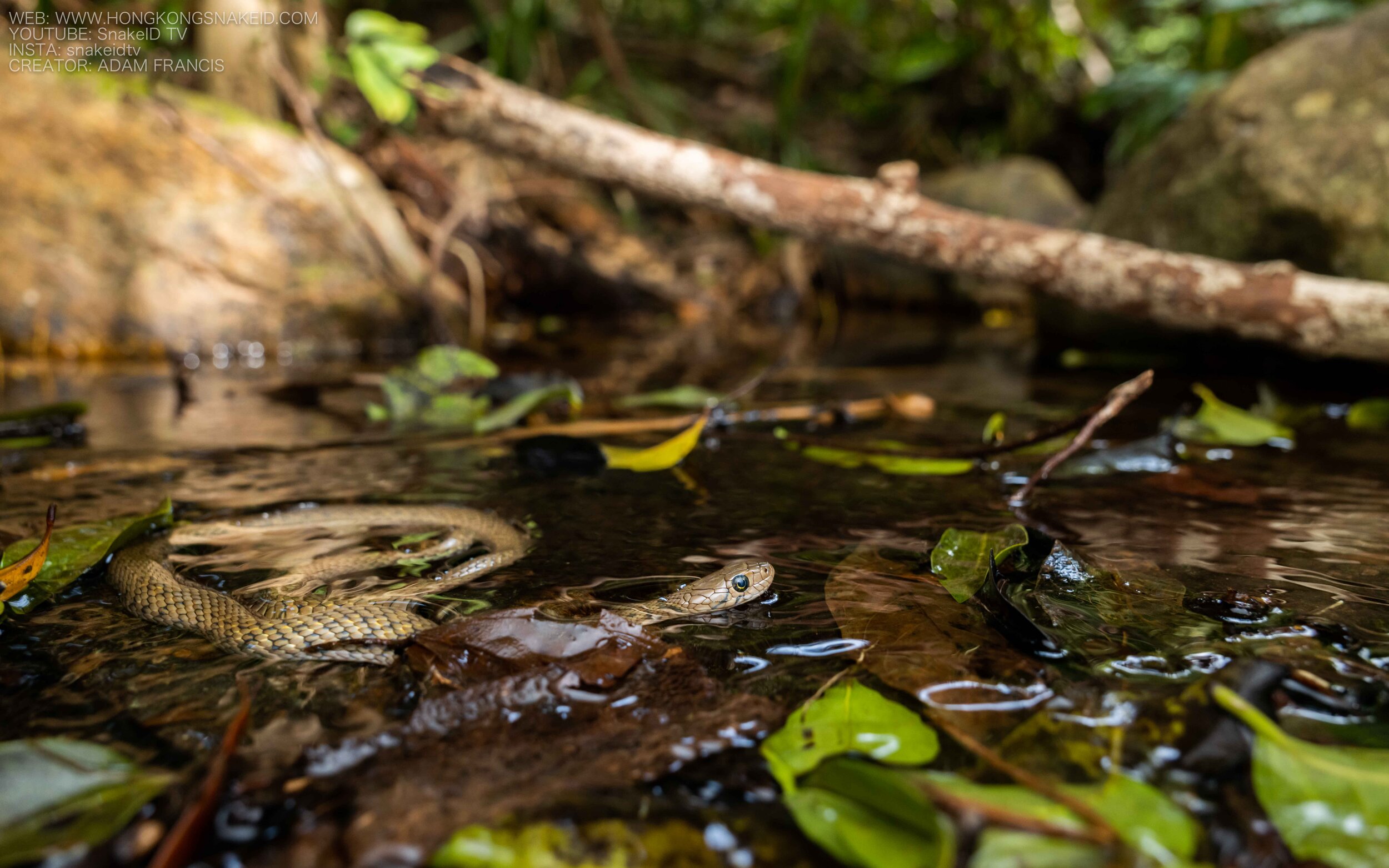
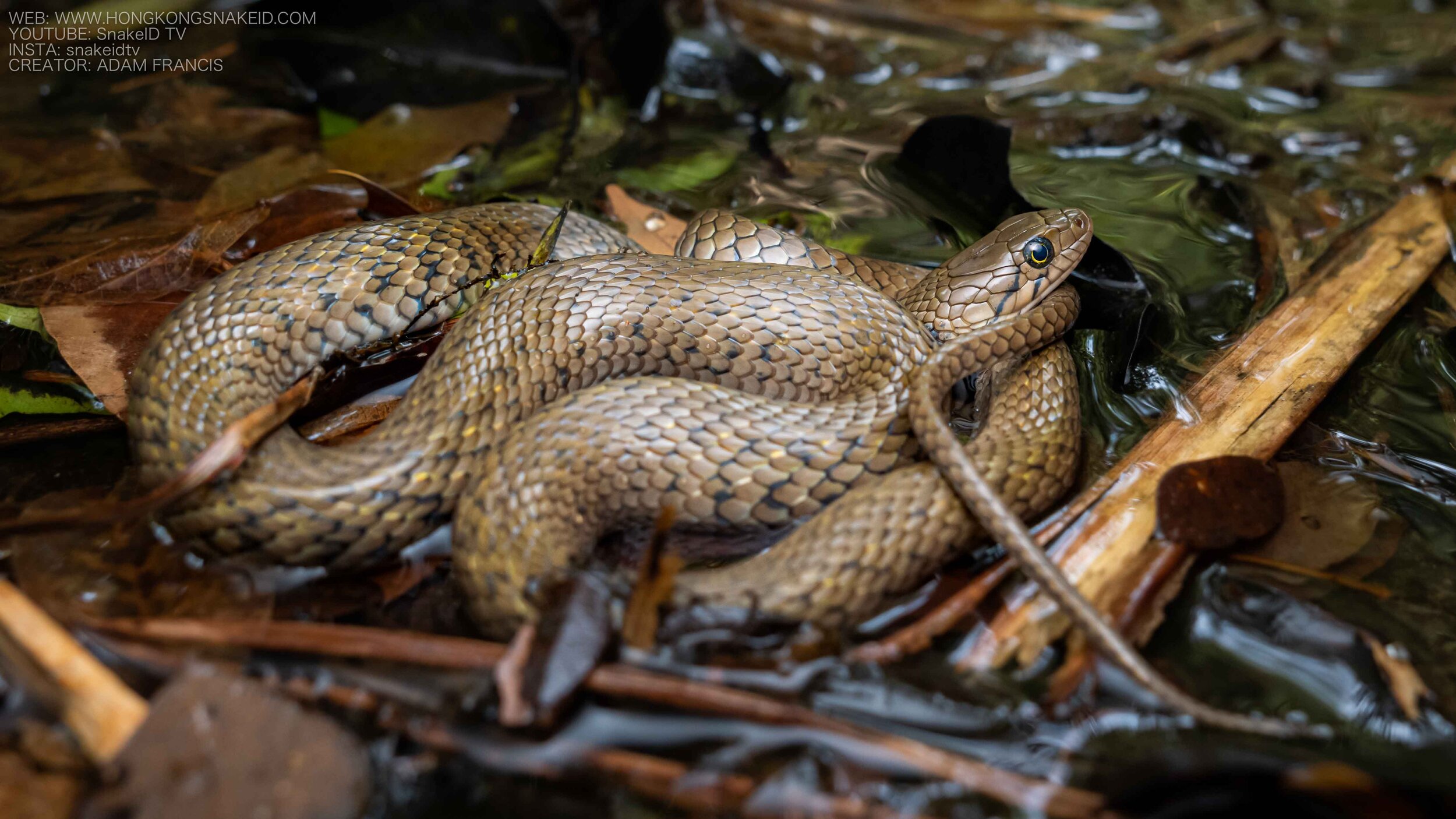
DESCRIPTION
Generally tan to olive green with black checkering running the length of the body, lateral strips running back from the eyes with a 'V' shaped black line behind the head around the neck. Both juvenile and mature specimens exhibit the same colors and patterning with juveniles showing brighter more defined colors. Color morphs possible including colored markings on the sides.
BEHAVIOR
Active during the night and day, the Checkered Keelback is relatively common in Hong Kong. It is known to be aggressive and quick to bite as well as flattening its head and neck and rising up off the ground similar to the Red Neck Keelback. Hunts small amphibians and fish.
HABITAT
Usually found in grass lands near water, rice fields and other slow moving bodies of water. This species hunts fish, frogs and occasionally toads as its favorite prey. Checkered Keelbacks are found all over Hong Kong including Hong Kong Island.
MISTAKEN IDENTITY
NO SNAKE SHOULD EVER BE HANDLED BY ANYONE BUT EXPERTS: The Checkered Keelback is a unique snake in Hong Kong that is not easily mistaken for any other endemic species, but its neutral color tones mean it could possibly be mistaken for other neutral toned snakes. It is also possible to mistake mature snakes with Red Neck Keelbacks at quick glance but the distinctive red on the Red Neck is usually a dead give away. Visit the 'Practical Venomous Snake ID' section of the Snake ID page for tips on identifying some of the more common venomous species.


